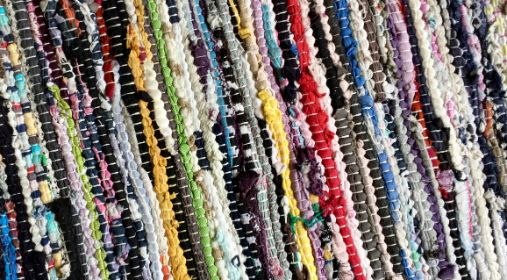Different narratives of migration circulate in the public sphere through news and social media, politics, activism, art, literature, film and research.
We can better understand narratives of migration by focusing on the temporal perspectives connected to integration, detention, trauma, crisis, and imagined futures. This will help us understand how images of “us” and “them” are created in the public sphere, also on an intimate and emotional level.
Narratives of migration
Since the European migration ‘crisis’ of 2015, strikingly different narratives of migration have circulated in the public sphere, in news and social media, politics, activism, art, literature, film and research. The rise of nationalist movements has created an antagonistic field of encounters involving both adaptation and resistance, hospitality and inhospitality.
While mass media, political rhetoric and social media tend to create migration crises as media spectacles and short-term events in which actors are seen primarily as ‘selves’ or ‘others’, literary and similar discourses can help create complex perspectives that are more sustainable in the long term.
A focus on different time scales and perceptions of time will help us understand how the intimate and affective subjectivities of more complex narratives of migration cross into the public sphere and challenge political ‘bubbles’.
About the project
Participants in the project ‘Temporalities and Subjectivities of Crossing: Contemporary Public Migration Narratives in Europe’ took part in three workshops on migration narratives:
- Joensuu, June 2019: Identifying the narrative temporalities involved in different types of public discourse
- Falun (held on Zoom), February 2021: Asking how different subject positions and values are ascribed in different narratives
- Oslo, March 2022: Suggesting ways of crossing the barriers of the public sphere and of political ‘bubbles’
Objectives
Migration into Europe in 2015 took the form of an exceptional and unawaited crisis. The project aimed to investigate how narratives of migration
- are articulated in different kinds of public discourse (medial, political, literary, academic),
- produce divergent scales of temporalities (short-term crisis, long-term threat, extended assimilation/integration, waiting in border spaces, traumatic return of the past),
- are disseminated through immigrant and receiving societies, and
- contribute to the ‘selfing’ and ‘othering’ of migrants and local populations.
Furthermore, the goal of the workshop series was to:
- Explore and challenge the hypothesis that mass media and political discourse create reductive narratives of migration as singular events and stories, while literary and academic narratives of migration create more complicated, extended subjectivities and temporalities of migratory border-crossings.
- Ask what brings together and divides narratives about migration in different forms of public discourse and how the barriers surrounding the public sphere and political ‘bubbles’ may be crossed by more complex narratives.
- Prepare project applications to national funding bodies and to the EU framework programmes.
-
Create new networks involving both early and late career scholars working on public narratives of migration in Nordic countries and link these to non-academic practitioners.
Background
The project brought together competencies in comparative literature, English, French and Spanish literature, Balkan studies, Italian language, folklore studies, cultural studies and literary writing.
Financing
The project was financed by the Joint Committee for Nordic Research Councils in the Humanities and Social Sciences (NOS-HS) for the period 2019-2020 (extended into 2021).
Cooperation
The project, an initiative of the Migration, Borders and Identity research group at the University of Oslo, was a collaboration with researchers at the University of Oslo, Dalarna University, the University of Jyväskylä og the University of Eastern Finland. It also worked together in knowledge exchange with organisations for migrant authors and artists such as Sivuvalo Platform in Finland and the Nordic network NolitchX.
